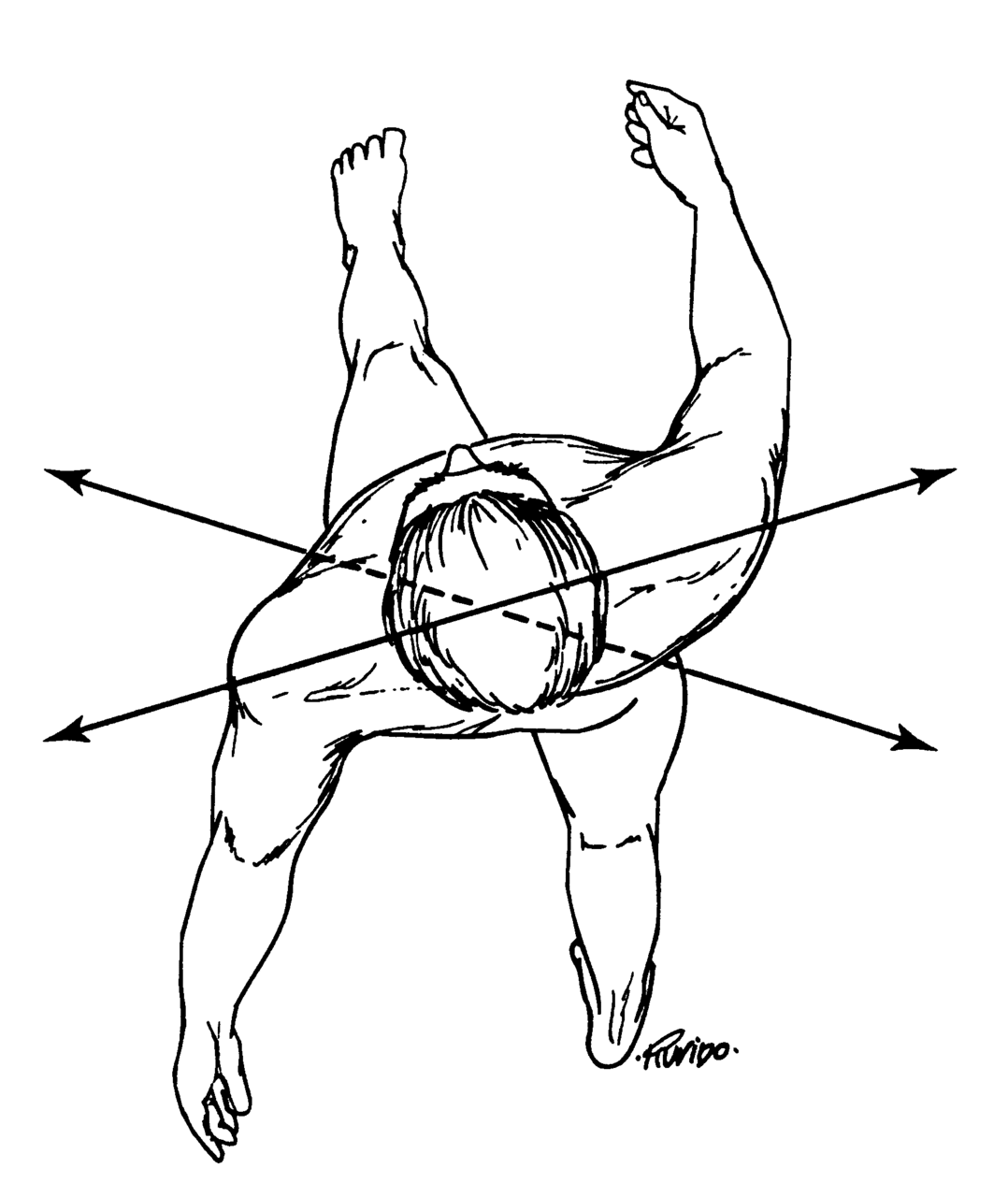


Human gait can be defined as a series of alternating movements of the body’s extremities in a rhythmic motion that results in forward progression of the body with minimal energy expenditure.
Upper-body movements play a critical role as mechanical aids in regaining stability when balance is lost. Swinging arms in opposition to the lower limbs reduces angular momentum, helping balance the body’s rotational motion during walking. When this upper-body motion is restrained, it leads to:
- Reduced stability.
- Increased energy consumption.



.png)

.png)
.png)
Research: Identifying a lack of innovation in walking aids, I began with extensive research. Conversations with my grandparents and elderly neighbors offered valuable, unbiased insights into user challenges such as the high efforts in usage of traditional walkers and pain in shoulders and lower back over extended use. Digging deeper, the secondary research revealed the global scope of the issue. The proposed product aims to help two categories of users - people with fear of falling and people with risk of falling.
Conceptualization: Inspired by everyday products like the cross-trainer at the gym, I sketched various designs and refined them through multiple iterations. I gradually arrived at a simple yet effective guide-and-rail mechanism with options for custom positioning. Line diagrams were used to define the mechanism’s movement, dimensions, and ergonomics.
Design Iterations & Simulations: With the sketches and dimensions finalized, I developed a detailed CAD model to validate the product’s assembly. While time constraints prevented physical prototyping, I conducted extensive animations and motion analysis. These simulations verified the product’s functionality, giving me confidence in its feasibility and performance.
Risk of falling due to loss of balance is the largest cause of concern in the elderly. 1 in 4 older adults aged over 65 face falling. A study showed that individuals with two or more head trauma had a 94 percent greater chance of stroke, compared with those with no head injury.
Right Walk encourages a more dynamic and natural gait. It helps the body relearn natural balance and gradually reduces reliance on assistive walking devices.

.png)
.png)
.gif)